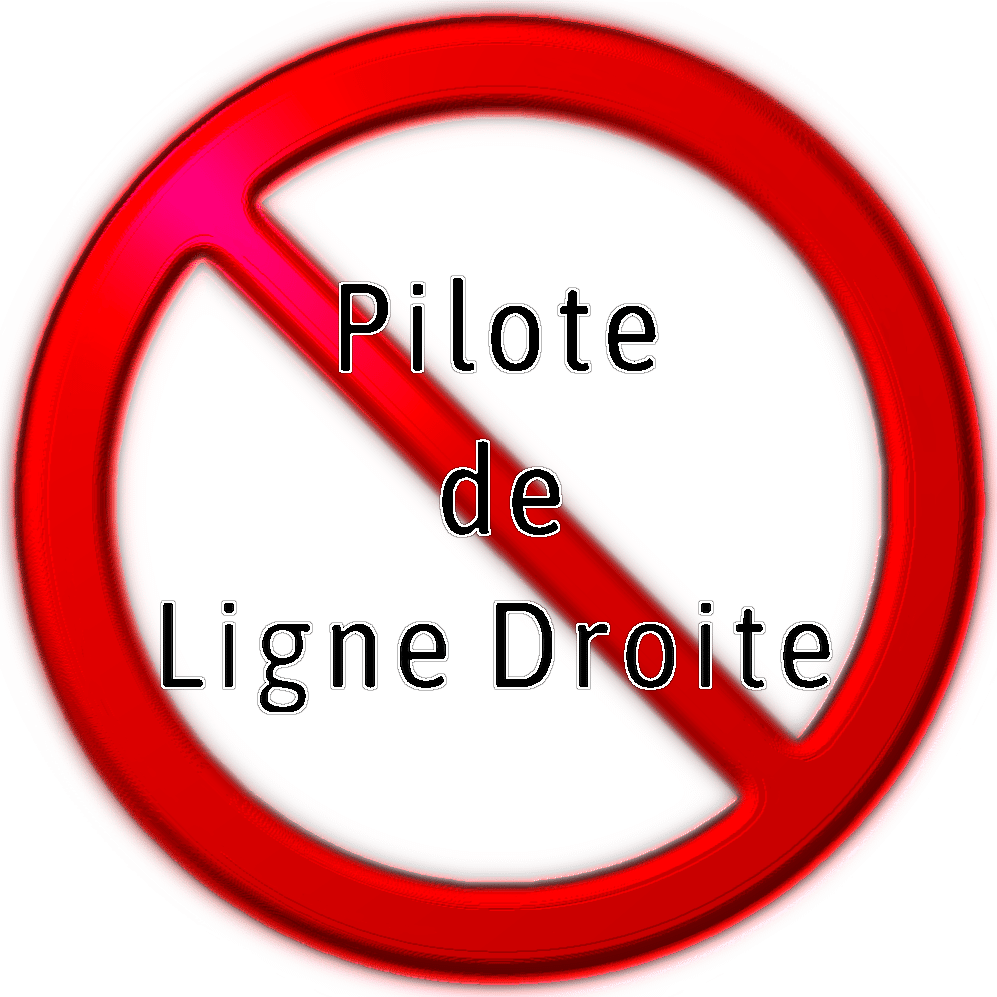What Energetic Drivability is ?
First of all, an important precision: The “Japanese-style” riding has its origin in the way the Japanese ride their bike, but is not limited to Japanese motorcycles only.
Hypermaniability is the alliance between pleasure and technical mastery.
It’s a term that describes a different concept of piloting from classical teaching. It originated in Japan, where their culture of body and self control makes it more natural. That is why we are also talking about Japanese-style maneuverability. This way of doing things is also found in aeronautics, and had received the name of Energetic Maniability by its designer at the time, Mr Boyd.
This way of driving offers a very great Maniability, whatever the speed. Indeed, even if it’s often associated with the “slow” look, and the Moto Gymkhana, it’s not limited to these two areas. This is really a way of driving that can be applied without restrictions. On the other side, it requires to sit on many of the usual principles of motorcycle riding, and uses a lot of “fall energy”, but without ending up on the ground. So it’s an anecdotal way of flying.
As a matter of principle, any motorcycle is manageable. But the Hyper Maniability will not only make it even more manageable, but at the same time more pleasant and safer.
More manageable – safer – more pleasant
More manageable, because we will learn to modify the geometry of the bike while riding. But it is this that defines the basic maniability of the bike. To be able to modify it by our gestures, will allow us to gain maniability according to the needs: a greater variety of geometry allows to respond to more numerous driving situations.
Safer, because we will use the physical forces that exist in motion, such as inertia, centrifugal force and fall. The latter two often have bad advertising, when precisely, if we learn to use them, they will not be resistant, but catchy. We will be able to force the bike less, and therefore less constrain it, thus gaining grip.
More pleasant, because the result of these gestures and forces that we will solicit, will provide sensations of acceleration, without needing to go fast. These sensations can go up to several “g” for the most extremist among us. For normal use, one approaches the “1g”, which will make the manoeuvring of the U-turn more pleasant (a taste of return) and not binding.
Unfortunately, a video can’t really transcribe the sensations that are felt when you ride your bike in this way, so the best is to come and test, as a passenger during a demo day, or by practicing yourself, during a training course, for example.
